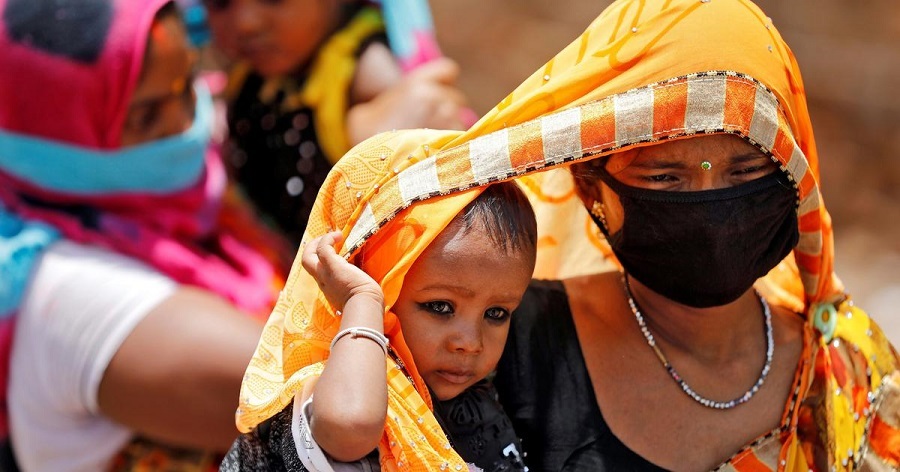
Washington: The nationwide lockdown in India in 2020 due to the COVID-19 pandemic had a negative impact on women’s nutrition in the country, according to a study conducted by a group of researchers in the US.
The study by Tata-Cornell Institute for Agriculture and Nutrition in four economically backward districts of Uttar Pradesh’s Maharajganj, Bihar’s Munger, and Odisha’s Kandhamal and Kalahandi indicate a decline in household food expenditures and women’s dietary diversity in May 2020 compared to May 2019, particularly for non-staples like meats, eggs, vegetables, and fruits.
It occurred despite the special Public Distribution System (PDS), direct benefit transfer and ration from aanganwadis reaching 80 per cent, 50 per cent and 30 per cent of the surveyed households, respectively, said the study published in the latest issue of Economia Politica journal.
“Our findings contribute to the growing body of evidence of women’s disproportionate vulnerability to economic shocks, the impact of a staple grain focused safety net programme, and restricted markets on the access and availability of diverse nutritious foods,” says the paper which makes a case for policy reforms towards PDS diversification to include nutrition-rich foods and market reforms to remove supply-side bottlenecks and expansion of direct benefit transfers for healthy food access.
“Any policies addressing the impact of the pandemic on nutritional outcomes must do so through a gendered lens that reflects the specific, and often persistent, vulnerabilities faced by women,” she said in a statement issued by the Cornell University.
Researchers said that policymakers should recognise the disproportionate impact of the pandemic and other disruptive events on women’s nutrition by bolstering safety-net programmes to ensure that they meet the needs of women and other marginalised groups.
Follow this link to join our WhatsApp group: Join Now
Be Part of Quality Journalism |
Quality journalism takes a lot of time, money and hard work to produce and despite all the hardships we still do it. Our reporters and editors are working overtime in Kashmir and beyond to cover what you care about, break big stories, and expose injustices that can change lives. Today more people are reading Kashmir Observer than ever, but only a handful are paying while advertising revenues are falling fast. |
| ACT NOW |
| MONTHLY | Rs 100 | |
| YEARLY | Rs 1000 | |
| LIFETIME | Rs 10000 | |








